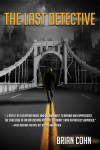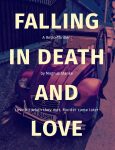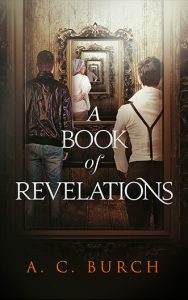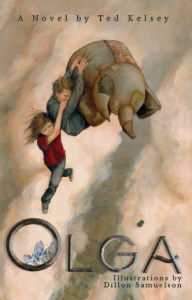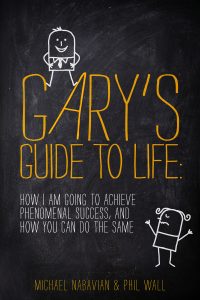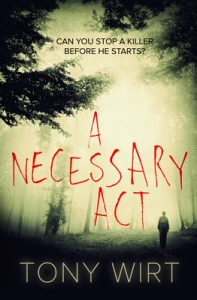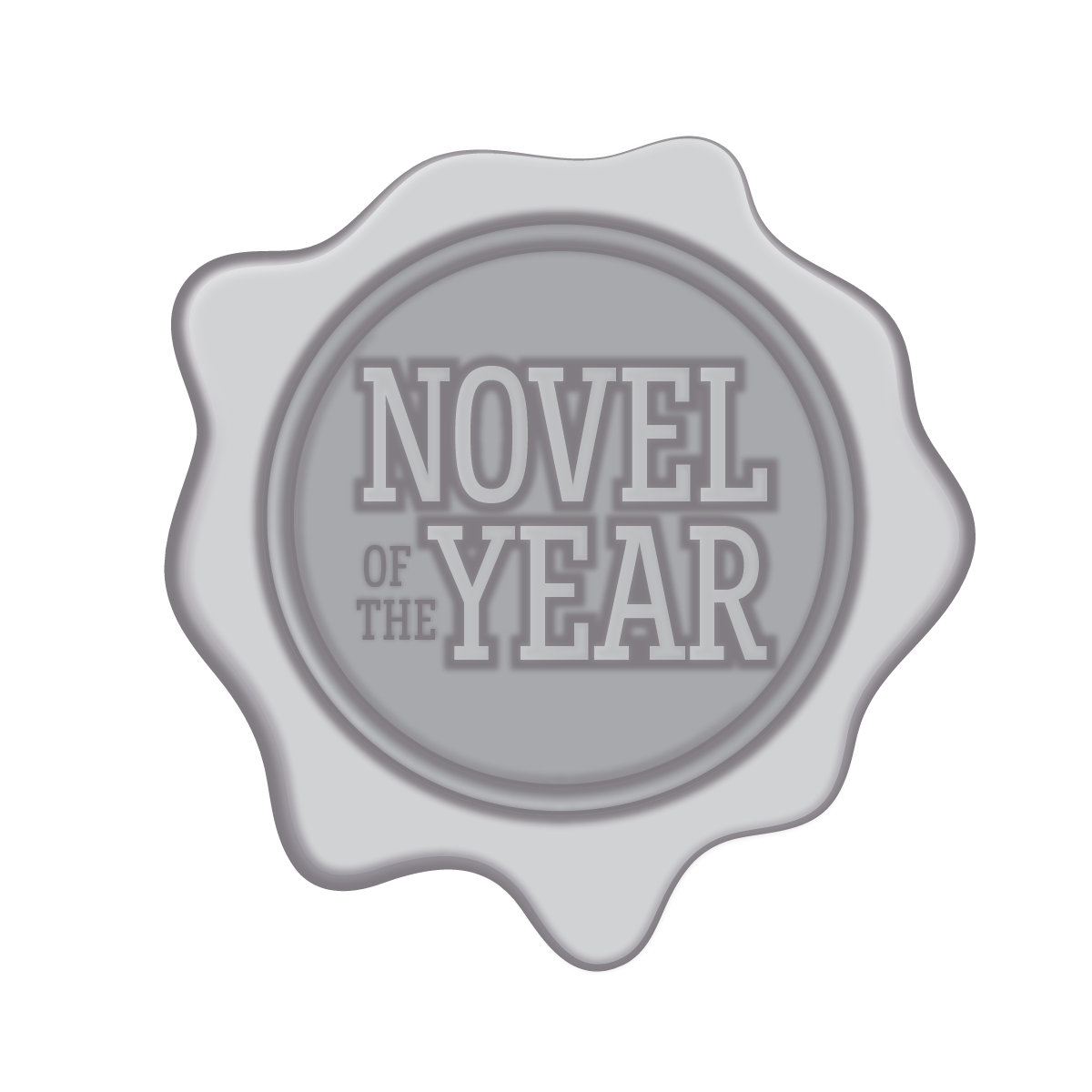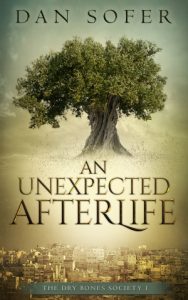
Quest for the Holey Snail
Additional Info for Reviewers & Staff
To be honest, the self-publishing route chose me rather than vice versa, or more accurately, the fifty or so literary agents who rejected my first novel forced me in that direction. Some of them were very complimentary, but it still ended up as a case of "close but no cigar".
When it came to publish my second and third novels, I didn't even consider submitting to any agents or traditional publishers. I was more than happy to carry on self-publishing because, by then, I had plenty of experience with the process and had found that it really wasn't that difficult. There were also other advantages, such as having complete control over the finished work and better royalties.
Promoting my work obviously takes up a lot of the time I would rather spend on my writing, but as far as I'm aware, most traditionally published authors have to do the lion's share of that unless they're up there with the likes of J.K.Rowling and Stephen King.
I admit it. I don't use a professional editor. I know that this is a cardinal sin in the world of self-publishing, but I try to justify myself with the fact that I'm a professional editor and proofreader myself. I realise, of course, that it's much harder to spot typos and other errors in your own work, so I have a small group of beta readers that I trust and can rely on to be brutally honest. Also, I'm a perfectionist by nature, so I lose track of the number of times I check through my work before I allow it to go out into the world.
Incidentally, there didn't seem to be anywhere on the book submission form to mention this, but can I add that "Quest for the Holey Snail" is only available as an ebook at the moment but will also be available as a paperback in the next few weeks?
Hi, Lynne.
I've seen in your reading and reviewer preferences that Douglas Adams and Terry Pratchett are among your favourite authors, so I wondered if you might be interested in my latest novel, "Quest for the Holey Snail". It's a comedy time travel adventure with more than a little in common with the work of both these authors, so I hope it might be something that you would enjoy reading.
I shaln't go into any more detail here as I'm sure you will have all of the information you need from the form I've completed on the website. Speaking of websites, did you realise that the link to yours on your Underground profile doesn't direct to your site? I had to Google you to find it!
With best wishes and many thanks for your time,
Rob Johnson
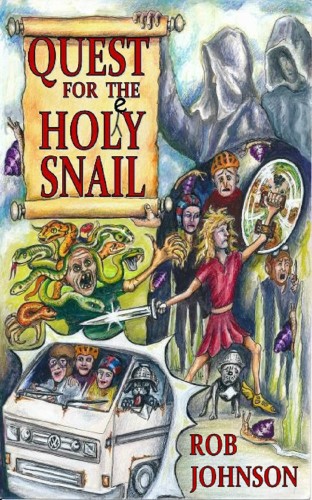
Editing, Production, Marketing & Sales
Horace Tweed, a hapless adventurer with a time-travel machine, places an ad in search of “gainful employment.” When he receives a reply, he’s drawn into a slapstick search through time and space for an extinct snail that can confer eternal youth. He’s joined in his quest by his dog Zoot; Norwood Junction, a stranger in the wrong place at the right moment; and Vesta Swann, their employer’s niece.
Meanwhile, a string of murders is taking place, all the victims killed on their 70th birthdays. The only clue: the killer wore a monk’s robe and Union Jack flip-flops. While examining one of the victims, Detective Chief Inspector Harper Collins and her inept partner, Sergeant Scatterthwaite, discover a snail next to the body and another shoved down the corpse’s throat.
The writing in Quest for the Holy Snail shows the author is a talented wordsmith with a penchant for Monty Python-esque humor. But, unlike with Terry Gilliam’s writing, the slapstick verbal calisthenics detract from rather than enhance the story. Particularly in the opening, where the funny-the-first time quips lose their humor when strung together too often and too close. Instead of entertaining, it comes across as the author jumping up and down, waving and screaming, “Look at me! Look what I just did there. Isn’t that funny?” interfering with the plot and characters’ development. Of the cast, only Harper Collins comes across as a person instead of the set up for a joke. The others are one-dimensional and similar enough to be interchangeable. Had any of them been killed by the mad monks, Gorgons, or through a terrible time travel mishap, they wouldn’t be missed.
The author intrusion does tone down after about five or six chapters, and the storytelling ability of the author starts to show, particularly in the chapters following the detectives’ investigation. Events start to set up building expectation of a grand finale that pulls it all together. But, that never happens. Instead, the ending wraps up quickly and incompletely, leaving plot holes and loose threads, none of which are intriguing enough to warrant reading a sequel.
Quest for the Holey Snail has some potential to be a fun and entertaining story, but instead it becomes a skit that extends well past its time, with an ending plot hole big enough to drive Horace’s old VW camper van through.
Monty Python fans may enjoy the slap stick humor and occasionally creative wordplay that make for some chuckle-worthy moments in Quest for the Holey Snail. Overall, the writing is excellent. Too often, though, the verbal calisthenics take over the story, detracting from plot, characters, and humor, and draw attention to the author’s presence. That makes it hard to become vested in the story or any of the characters. The murder mystery storyline is interesting and hints at a would-be great finale, but instead, the ending wraps up quickly, leaving the reader unsatisfied.
The Rundown
Horace Tweed, a hapless adventurer with a time-travel machine, places an ad in search of “gainful employment.” When he receives a reply, he’s drawn into a slapstick search through time and space for an extinct snail that can confer eternal youth. He’s joined in his quest by his dog Zoot; Norwood Junction, a stranger in the wrong place at the right moment; and Vesta Swann, their employer’s niece.
Meanwhile, a string of murders is taking place, all the victims killed on their 70th birthdays. The only clue: the killer wore a monk’s robe and Union Jack flip-flops. While examining one of the victims, Detective Chief Inspector Harper Collins and her inept partner, Sergeant Scatterthwaite, discover a snail next to the body and another shoved down the corpse’s throat.
The writing in Quest for the Holy Snail shows the author is a talented wordsmith with a penchant for Monty Python-esque humor. But, unlike with Terry Gilliam’s writing, the slapstick verbal calisthenics detract from rather than enhance the story. Particularly in the opening, where the funny-the-first time quips lose their humor when strung together too often and too close. Instead of entertaining, it comes across as the author jumping up and down, waving and screaming, “Look at me! Look what I just did there. Isn’t that funny?” interfering with the plot and characters’ development. Of the cast, only Harper Collins comes across as a person instead of the set up for a joke. The others are one-dimensional and similar enough to be interchangeable. Had any of them been killed by the mad monks, Gorgons, or through a terrible time travel mishap, they wouldn’t be missed.
The author intrusion does tone down after about five or six chapters, and the storytelling ability of the author starts to show, particularly in the chapters following the detectives’ investigation. Events start to set up building expectation of a grand finale that pulls it all together. But, that never happens. Instead, the ending wraps up quickly and incompletely, leaving plot holes and loose threads, none of which are intriguing enough to warrant reading a sequel.
Quest for the Holey Snail has some potential to be a fun and entertaining story, but instead it becomes a skit that extends well past its time, with an ending plot hole big enough to drive Horace’s old VW camper van through.
The Recommendation
Monty Python fans may enjoy the slap stick humor and occasionally creative wordplay that make for some chuckle-worthy moments in Quest for the Holey Snail. Overall, the writing is excellent. Too often, though, the verbal calisthenics take over the story, detracting from plot, characters, and humor, and draw attention to the author’s presence. That makes it hard to become vested in the story or any of the characters. The murder mystery storyline is interesting and hints at a would-be great finale, but instead, the ending wraps up quickly, leaving the reader unsatisfied.
The Rating

3.5 Stars (out of 5): Pretty good. For the right audience, this could be great. Sure, there were some issues, but it was still worth the read.
The Pros & Cons
Pros: HumorCons: Character Developement, Slow
Author’s Summary
WANTED: Gainful employment of an adventurous nature but without risk of personal physical harm. (Can supply own time travel machine if required.)
When Horace Tweed places an advertisement in a national magazine, the last thing he expects is to be commissioned to travel back through time in search of the long extinct Holey* Snail.
But this isn’t just any old snail. The helix pertusa is possessed of an extraordinary and highly desirable property, and Horace’s quest leads him and his co-adventurers to Ancient Greece and a variety of near-death encounters with beings both mythological and not so mythological.
Meanwhile, Detective Chief Inspector Harper Collins has her hands full trying to track down a secret order of fundamentalist monks whom she suspects of committing a series of murders – the same monks who are determined to thwart Horace in his…
…Quest for the Holey Snail.
“Not just another book about serial-killing monks who travel through time and wear Union Jack flip-flops.” – Unusual Footwear Monthly
Short Description
“Not just another book about serial-killing monks who travel through time and wear Union Jack flip-flops.” – Unusual Footwear Monthly
Catchphrase
Time travel can be a fickle mistress sometimes.Quality reviews of independent literature from 2011 - 2018


